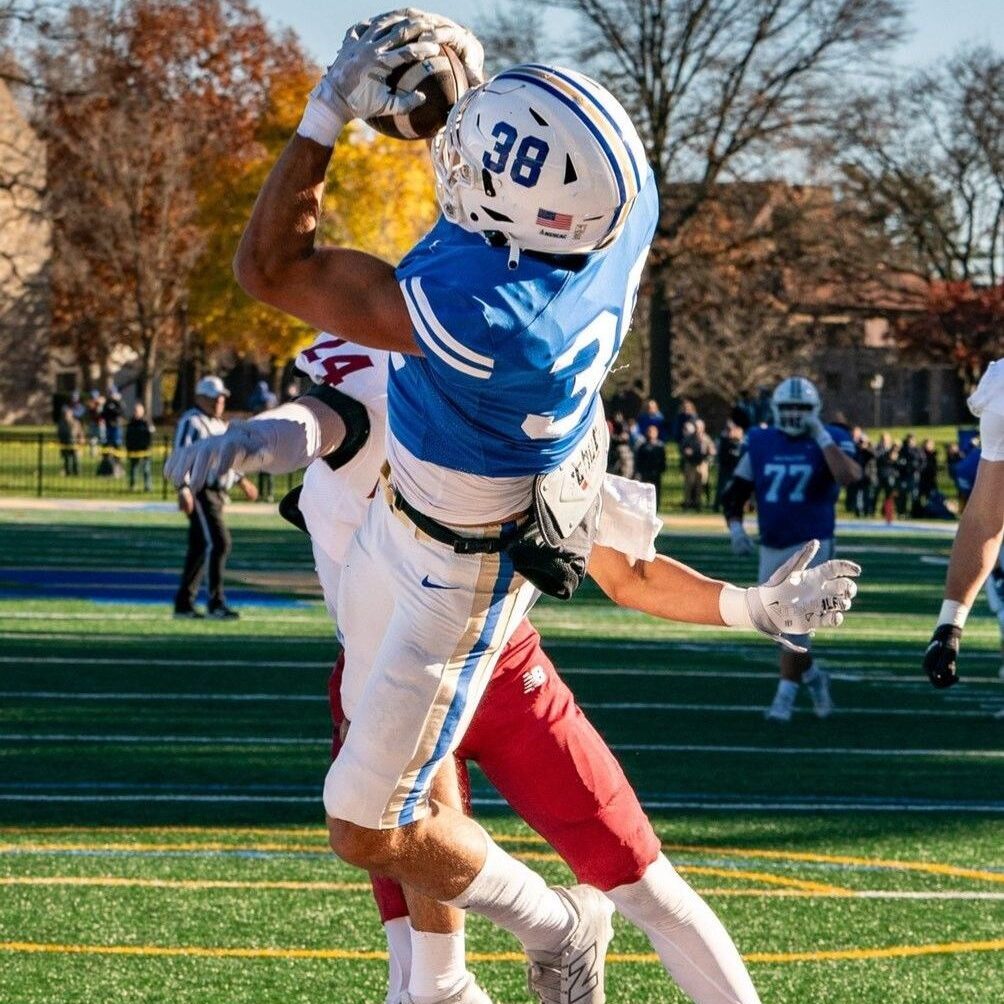by Dr. Andrew Pao and Dr. Jordan Pasternack

Drs. Andrew Pao and Jordan Pasternack, foot and ankle surgeons at ONS, provide insights into Achilles tendon injuries. They discuss causes, treatment options, and what to expect during recovery from surgery.
Located behind the ankle, the Achilles is the largest tendon in the body. It allows us to walk and run, as it is where many muscles in the back of the leg pull on the heel bone to help point toes down to the floor.
Achilles tendonitis is a condition in which small tears develop within the tendon, leading to pain and swelling in the back of the ankle as the body attempts to heal the injury. You may also experience discomfort from shoes rubbing against the back of the heel. For tendonitis, boot immobilization and physical therapy can be quite successful. Surgery can be helpful for those who continue to feel pain after conservative treatments.
An Achilles tendon can rupture during any athletic activity that involves running, cutting or jumping. Sometimes it can even give way during less strenuous activities – such as walking – due to chronic weakening and degeneration. Usually, there is pre-existing tendonitis, but that is not always the case.
People who have torn their Achilles typically describe the feeling as being struck in the back of the ankle and hearing a “pop” followed by pain, swelling and weakness while walking or trying to stand on tiptoe. Sometimes you may even feel like the ankle has become “disconnected” from the calf muscles and you might be able to more easily point your toes to the ceiling. There could even be pain in the area before the injury.
While there are both conservative and surgical treatment options for Achilles tendon ruptures, surgery is believed to give greater strength to the ankle, resulting in a lower risk of a re-rupture. Especially if the tendon tears off the bone (insertional tear), surgery is recommended to re-attach the tendon to its insertion on the heel bone. The best treatment is an individualized decision between the physician and patient that takes into account the patient’s overall physiologic state, goals and expectations. Conservative treatment involves keeping weight off the injured leg and then incorporating strengthening exercises.
As surgical techniques have evolved, there is now a minimally invasive Achilles tendon surgery procedure that offers similar advantages of an open procedure with significantly decreased surgical risk. As the surgery is performed through a small incision, this approach avoids a large exposure of the tendon and limits wound healing issues, allowing for a strong repair. Patients should discuss with their surgeons which surgical technique is best for them depending on the chronicity of the injury and severity of the rupture.
After treatment (even non-operative), patients often will utilize a boot, splint or cast to help healing. A physical therapy routine is important and can be done for 6-9 months with full recovery occurring around 9-12 months or beyond.
While there is no way to definitively prevent Achilles tears, stretching the calf and Achilles tendon prior to and following exercise can help strengthen your muscles. Supportive running and tennis shoes can also be useful.
About Dr. Andrew Pao
Dr. Andrew Pao is a board-certified, fellowship-trained orthopedic surgeon specializing in foot and ankle care. He treats a wide range of conditions including arthritis, sports injuries, fractures, deformities, and adolescent foot and ankle issues. He offers minimally invasive surgical options and serves as the foot and ankle consultant for Manhattanville University athletics.
About Dr. Jordan Pasternack
Dr. Jordan Pasternack is a board-eligible, fellowship-trained orthopedic surgeon specializing in the comprehensive care of foot and ankle conditions. He treats everything from arthritis, tendon injuries, and fractures to deformities such as bunions and flatfoot. His approach emphasizes personalized care, offering both non-surgical and surgical treatment options tailored to each patient’s goals and lifestyle.







